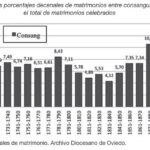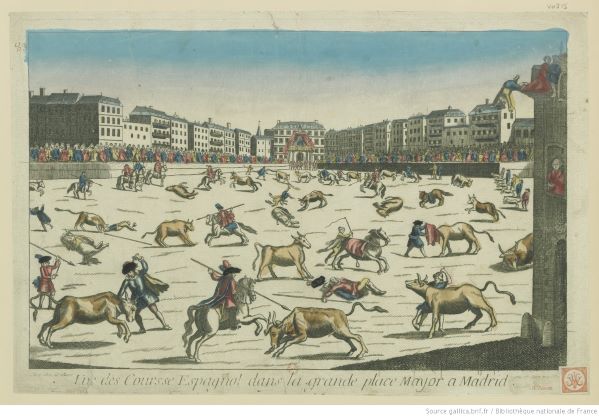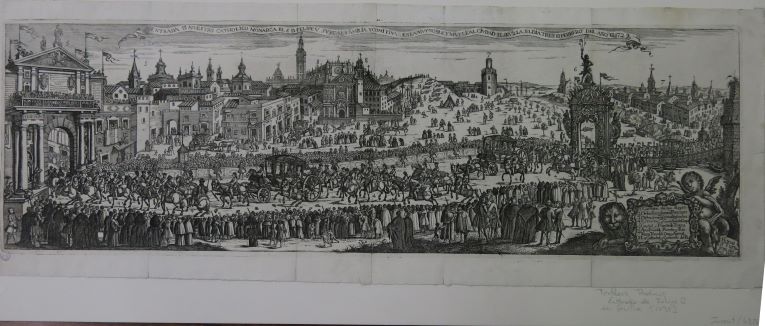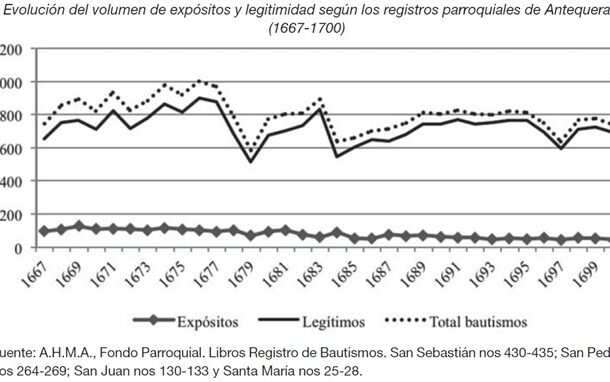As can be seen in the graph, the author compiles the sacramental marriage certificates to establish the number of marriages by blood that took place in Asturias through the study of the degrees of filiation of the spouses. The graph shows how this type of marriage increases during the 18th century, decreases at the beginning of the 19th century and increases again from 1871 onwards, reaching its maximum at the end of the century. The growth trend of consanguineous marriages is similar in other parts of Spain and Catholic Europe.
Collection: Graphics
Project: 3. Rural world and urban world in the formation of the European identity., 4. Family, daily life and social inequality in Europe.
Chronology: XVIII, XIX
Scope: Secondary Education, Baccalaureate, University
Link: https://www.adeh.org/revista/2019,%201/4%20Manzano%20RDH%20XXXVII-I-2019.pdf
Resource type: Graph
Format: Bar chart
Source: Manzano Ledesma, F. (2019). "Matrimonios entre parientes en Asturias (1701-1900): evolución, condicionantes y entornos sociales de cambio", en Revista de Demografía Histórica, XXXVII, 1, p. 127.
Language: Spanish
Date: 2019
Owner: Pablo Ballesta Fernández (Modernalia)
Copyright: ©Revista de Demografía Histórica ©Fernando Manzano Ledesma
Abstract: Graph in ten-year percentages of marriages that are consanguineous in relation to the total number of marriages
Image
Tags








